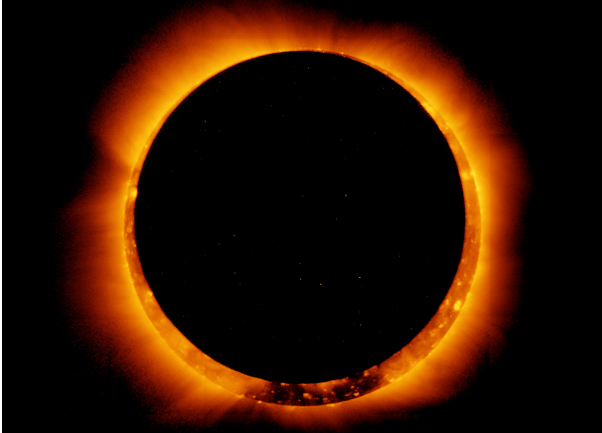This is one to get up early for on a Monday morning. Force yourself out of bed a little before usual on May 21 – at precisely 5:56 a.m. if you want to catch first contact – and you will be rewarded by a rare and spectacular sight. A solar eclipse will be visible above Tokyo, and an interesting live webcast project is hoping to spread the word.
Clear skies permitting of course, the sky will be the place to look until 11:49 a.m., because the moon will give us the first solar eclipse visible from Tokyo since totality in 2009. The last time Tokyo experienced an annular eclipse – the phenomenon which occurs when the moon moves in between the Earth and sun but is at the stage of its orbit not quite near enough the sun for 100% cover, meaning the sun appears as a fiery ring shape surrounding the moon – was 173 years ago, in September 1839.
The rare treat for sky-gazers will be visible from much of Japan, Tokyo perfectly positioned just 10km North of the central line. Have a look at this NASA data for more information about which other countries you can see it from.
If you are not able to get in the firing line, ready with your safety glasses, Panasonic has had a great idea. From a base at the top of Mount Fuji, the company is providing a live webcast of the eclipse. They have produced an amazing website to teach the world about their plans!
They will set up a base camp at Fuji-san with solar panels, before professional climbers scale the volcano with high-capacity batteries that will “broadcast this moment of the century.” Filming the sun, using the sun, is the motto; harnessing solar energy for all equipment needed for the broadcast is surely a great idea. Take a look at the video at the bottom of the page and watch with us on Monday morning!
The astronomical quirk that the sun being not only 400 times bigger but almost exactly 400 times further away than the moon means that from Tokyo to Albuquerque, we had better look up.
Key Times: First Contact 5.56 a.m., annular phase reaches its peak at at 7.52 a.m. and will last for 5 minutes and 45 seconds – the moon covering 94.3% of the sun, up to 96.9% for a brief moment. Eclipse ends at 11.49 a.m.
Where to Look: Not directly at the sun, but South-South East in the morning sky. Sunrise on May 21 will be at 04:32
For more details and information on time for your location, have a look at the National Astronomical Observatory of Japan site, in English.









